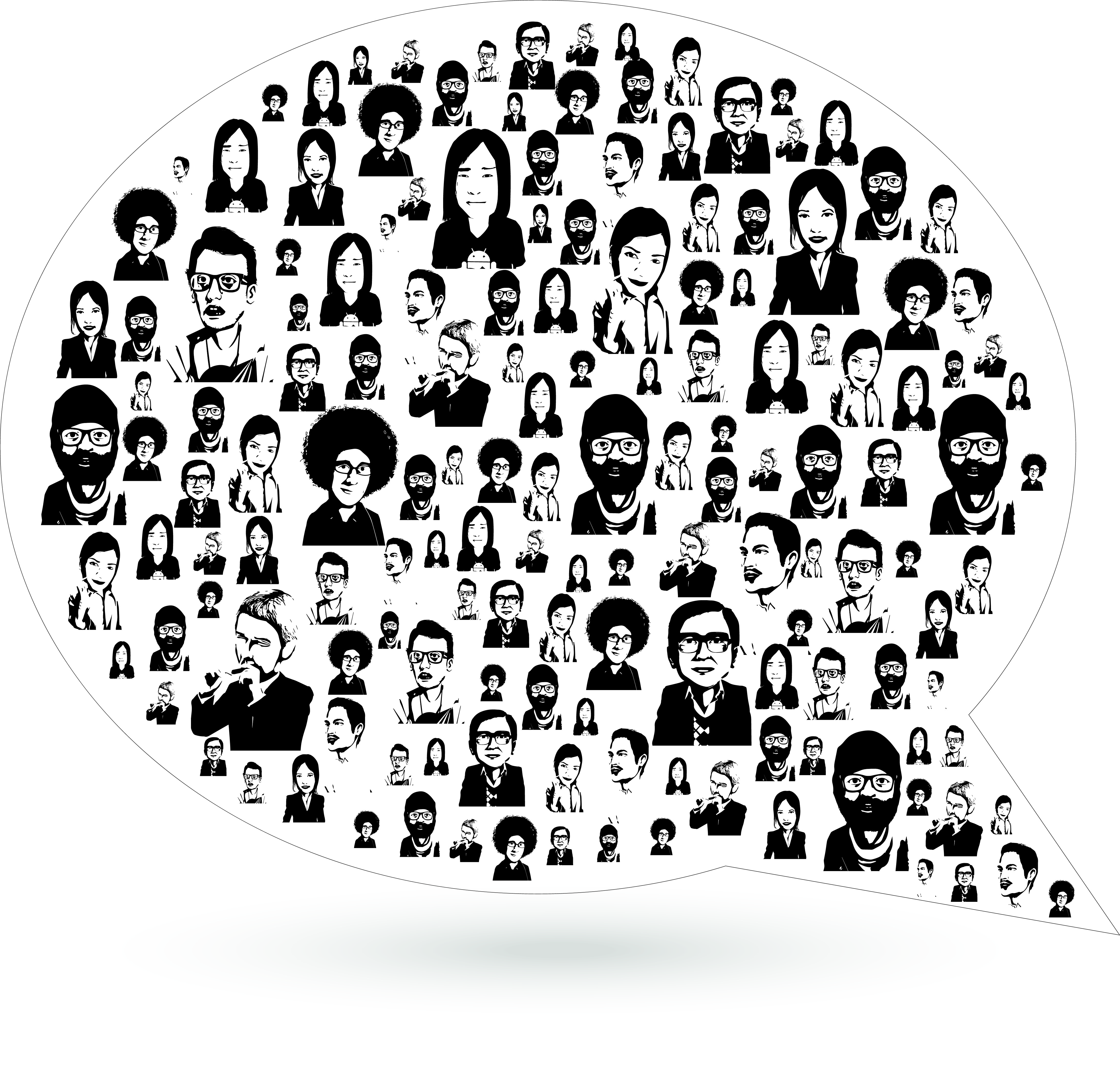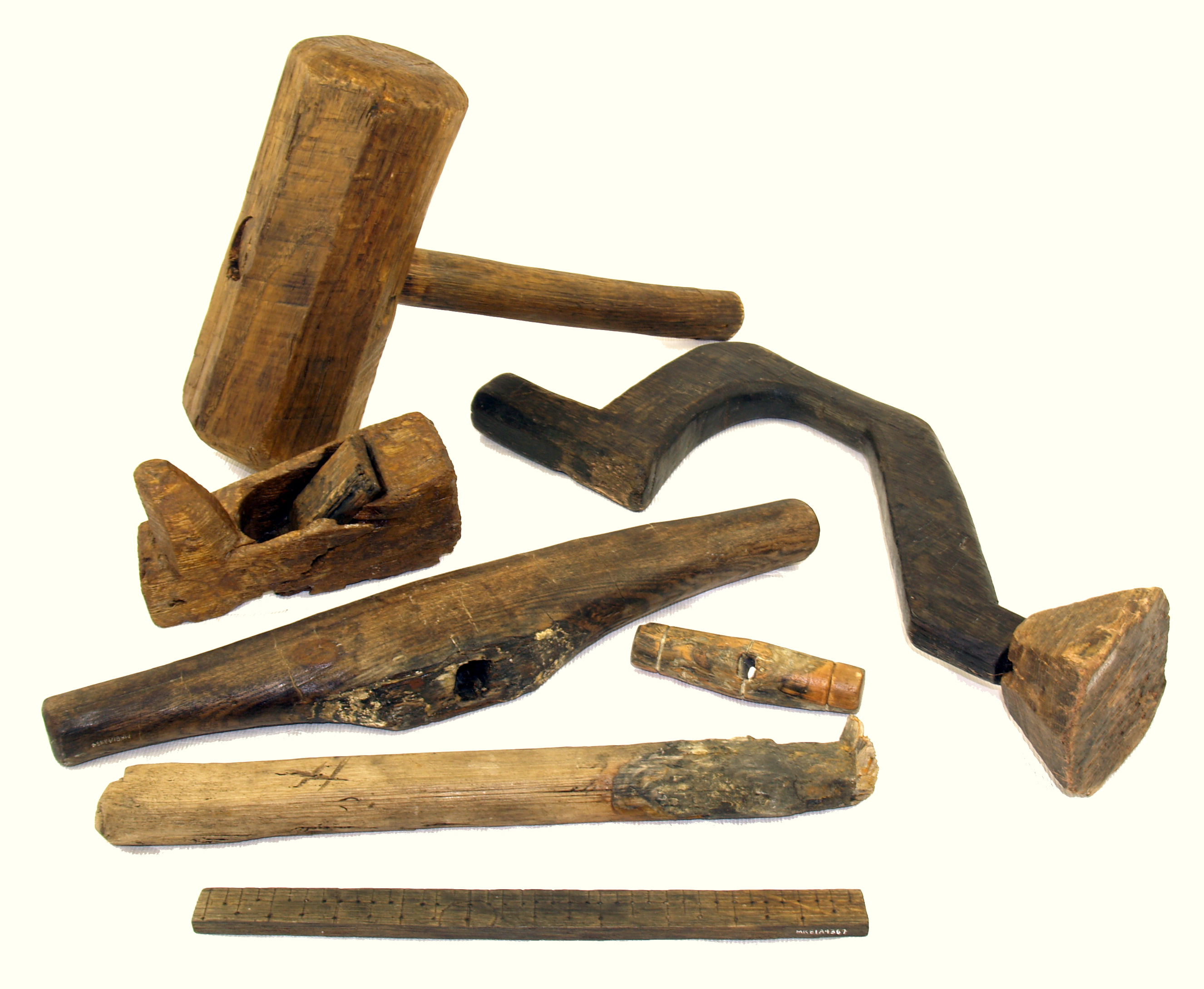|
Crowdfixing
Crowdfixing is a specific way of crowdsourcing, in which people gather together to fix public spaces of the local community. The main aim is to fight against deterioration of public places. Crowdfixing actions include (but are not limited to) cleaning flashmobs, mowing, repairing structures, and removing unsafe elements. History Placemaking Placemaking, a concept originated in the 1960s that focused on planning, management and design of public places, was the philosophical background to the crowdfixing movement. According to placemaking, in the modern times all the resources needed to create community-friendly, enjoyable public spaces and keep them in good conditions are available, but decision-making processes exclude citizens' preferences. Crowdfixing Crowdfixing promotes the idea of public spaces as belonging to the local community, instead of areas merely administered and owned by the state. Crowdfixing also tries to create better conditions for people to interact by ... [...More Info...] [...Related Items...] OR: [Wikipedia] [Google] [Baidu] |
Crowdsourcing
Crowdsourcing involves a large group of dispersed participants contributing or producing goods or services—including ideas, votes, micro-tasks, and finances—for payment or as volunteers. Contemporary crowdsourcing often involves digital platforms to attract and divide work between participants to achieve a cumulative result. Crowdsourcing is not limited to online activity, however, and there are various historical examples of crowdsourcing. The word crowdsourcing is a portmanteau of "crowd" and "outsourcing". In contrast to outsourcing, crowdsourcing usually involves less specific and more public groups of participants. Advantages of using crowdsourcing include lowered costs, improved speed, improved quality, increased flexibility, and/or increased scalability of the work, as well as promoting diversity. Crowdsourcing methods include competitions, virtual labor markets, open online collaboration and data donation. Some forms of crowdsourcing, such as in "idea competiti ... [...More Info...] [...Related Items...] OR: [Wikipedia] [Google] [Baidu] |
Local Community
A local community has been defined as a group of interacting people living in a common location. The word is often used to refer to a group that is organized around common values and is attributed with social cohesion within a shared geographical location, generally in social units larger than a household. The word can also refer to the national community or global community. The word "community" is derived from the Old French ''communité'' which is derived from the Latin">-4; we might wonder whether there's a point at which it's appropriate to talk of the beginnings of French, that is, when it wa ... ''communité'' which is derived from the Latin ''communitas'' (''cum'', "with/together" and ''munus'', "gift"), a broad term for fellowship or organized society. A sense of community refers to people's perception of interconnection and interdependence, shared Social responsibility, responsibility, and common goals. Understanding a community entails having knowledge of community nee ... [...More Info...] [...Related Items...] OR: [Wikipedia] [Google] [Baidu] |
Placemaking
Placemaking is a multi-faceted approach to the urban planning, planning, design and management of public spaces. Placemaking capitalizes on a local community's assets, inspiration, and potential, with the intention of creating public spaces that improve urban vitality and promote people's health, happiness, and well-being. It is political due to the nature of place identity. Placemaking is both a process and a philosophy that makes use of urban design principles. It can be either official and government led, or community driven grassroots tactical urbanism, such as extending sidewalks with chalk, paint, and planters, or open streets events such as Bogotá, Colombia's Ciclovía. Good placemaking makes use of underutilized space to enhance the urban experience at the pedestrian scale to build habits of locals. History The concepts behind placemaking originated in the 1960s, when writers like Jane Jacobs and William H. Whyte offered groundbreaking ideas about designing cities tha ... [...More Info...] [...Related Items...] OR: [Wikipedia] [Google] [Baidu] |
Public Space
A public space is a place that is open and accessible to the general public. Roads, pavements, public squares, parks, and beaches are typically considered public space. To a limited extent, government buildings which are open to the public, such as public libraries, are public spaces, although they tend to have restricted areas and greater limits upon use. Although not considered public space, privately owned buildings or property visible from sidewalks and public thoroughfares may affect the public visual landscape, for example, by outdoor advertising. Recently, the concept of shared space has been advanced to enhance the experience of pedestrians in public space jointly used by automobiles and other vehicles. Public space has also become something of a touchstone for critical theory in relation to philosophy, urban geography, visual art, cultural studies, social studies and urban design. The term 'public space' is also often misconstrued to mean other things such as ' gath ... [...More Info...] [...Related Items...] OR: [Wikipedia] [Google] [Baidu] |
State (polity)
A state is a politics, political entity that regulates society and the population within a definite territory. Government is considered to form the fundamental apparatus of contemporary states. A country often has a single state, with various administrative divisions. A state may be a unitary state or some type of federation, federal union; in the latter type, the term "state" is sometimes used to refer to the federated state, federated polities that make up the federation, and they may have some of the attributes of a sovereign state, except being under their federation and without the same capacity to act internationally. (Other terms that are used in such federal systems may include "province", "Region#Administrative regions, region" or other terms.) For most of prehistory, people lived in stateless societies. The earliest forms of states arose about 5,500 years ago. Over time societies became more Social stratification, stratified and developed institutions leading to Centra ... [...More Info...] [...Related Items...] OR: [Wikipedia] [Google] [Baidu] |
Tool
A tool is an Physical object, object that can extend an individual's ability to modify features of the surrounding environment or help them accomplish a particular task. Although many Tool use by animals, animals use simple tools, only human beings, whose use of stone tools dates back hundreds of millennia, have been observed using tools to make other tools. Early human tools, made of such materials as Rock (geology), stone, bone, and wood, were used for the preparation of food, hunting, the manufacture of weapons, and the working of materials to produce clothing and useful Cultural artifact, artifacts and crafts such as pottery, along with the construction of housing, businesses, infrastructure, and transportation. The development of metalworking made additional types of tools possible. Harnessing energy sources, such as Working animal, animal power, wind, or steam, allowed increasingly complex tools to produce an even larger range of items, with the Industrial Revolution markin ... [...More Info...] [...Related Items...] OR: [Wikipedia] [Google] [Baidu] |
Russian Invasion Of Ukraine
On 24 February 2022, , starting the largest and deadliest war in Europe since World War II, in a major escalation of the Russo-Ukrainian War, conflict between the two countries which began in 2014. The fighting has caused hundreds of thousands of Casualties of the Russo-Ukrainian War, military casualties and tens of thousands of Ukrainian Attacks on civilians in the Russian invasion of Ukraine, civilian casualties. As of 2025, Russian troops Russian-occupied territories of Ukraine, occupy about 20% of Ukraine. From a population of 41 million, about 8 million Ukrainians had been internally displaced and more than 8.2 million Ukrainian refugee crisis, had fled the country by April 2023, creating Europe's List of largest refugee crises, largest refugee crisis since World War II. In late 2021, Russia Prelude to the Russian invasion of Ukraine, massed troops near Ukraine's borders and December 2021 Russian ultimatum to NATO, issued demands to the Western world, West i ... [...More Info...] [...Related Items...] OR: [Wikipedia] [Google] [Baidu] |
City Repair Project
The City Repair Project is a 501(c)(3) non-profit organization based in Portland, Oregon. Its focus is education and activism for community building. The organizational motto is "The City Repair Project is group of citizen activists creating public gathering places and helping others to creatively transform the places where they live." Structure City Repair is an organization primarily run by volunteers. A board of directors oversees the project's long-term vision, and a council maintains its daily operations. Both the board of directors and council meet monthly. City Repair's work focuses on localization and placemaking. The City Repair Project maintains an office in Portland. History The City Repair Project was founded in 1996 by a small group of neighbors interested in sustainability and neighborhood activism. The first City Repair action was an intersection repair at Share-It Square at SE 9th Ave and SE Sherrett Street. An intersection repair is a place where two street ... [...More Info...] [...Related Items...] OR: [Wikipedia] [Google] [Baidu] |





